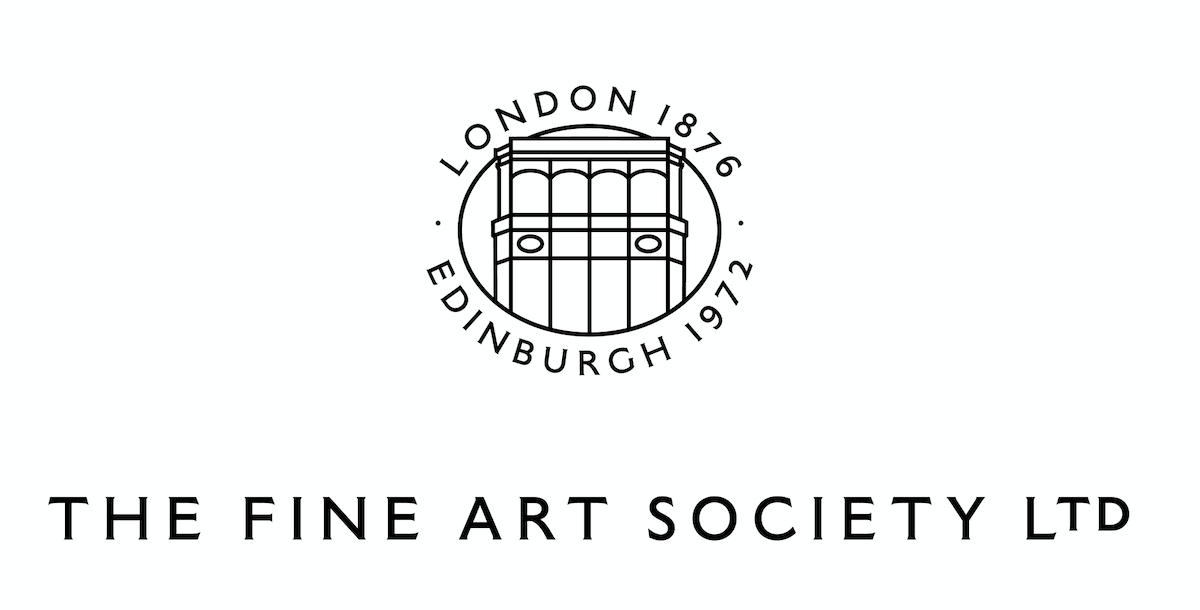John Armstrong: An Artist's Themes
John Armstrong was an artist on the peripheries: unlabelled, and unallied to any artistic movement. His career is a peculiar, rich and varied one devoted to surface texture, allegory and symbolism. This small collection of works does not seek to demonstrate the breadth of Armstrong's career, but provides an insight into how an artist working outside of the distinctions between abstraction and figuration, maintained a preoccupation with the texture and pattern of the world.
He began his career as a theatre set and costume designer. His first major job was working on designs for Elsa Lanchester's 'Cave of Harmony' in 1924. The club was nestled in the bounds of Fitzrovia, which at the time was experiencing a burgeoning artists' community. As an early patron, Lanchester's connections would place Armstrong amongst artists such as Mark Gertler, Edward Wadsworth, C. R. W. Nevinson, Julian Trevelyan and Edward Wolfe, to name a few.
In 1933, he joined 'Unit One', a movement and artistic group launched by the British Modernist Paul Nash in The Times newspaper, as wanting ‘to stand for the expression of a truly contemporary spirit, for that thing which is recognised as peculiarly of today in painting, sculpture and architecture’.
Alongside John Bigge, Edward Burra, Barbara Hepworth, Henry Moore, Ben Nicholson, and Edward Wadsworth, Armstrong began experimenting more with formal abstraction, incorporating elements of formal and spacial interrelation and concepts more associated with Surrealism such as the psyche.
The Second World War had both a profound and unfortunately negative effect on him as an artist. Commercially the war brought a halt to his career, as he struggled to command the attention he once enjoyed, yet at the same time, his work embraced an allegorical perspective on the post-war world. His loss of faith in mankind following the dropping of atomic bombs on Hiroshima and Nagasaki is palpable in the remainder of his life as he seems to navigate his way through this sense of despair and to rediscover a feeling of hope in the face of pessimism.

